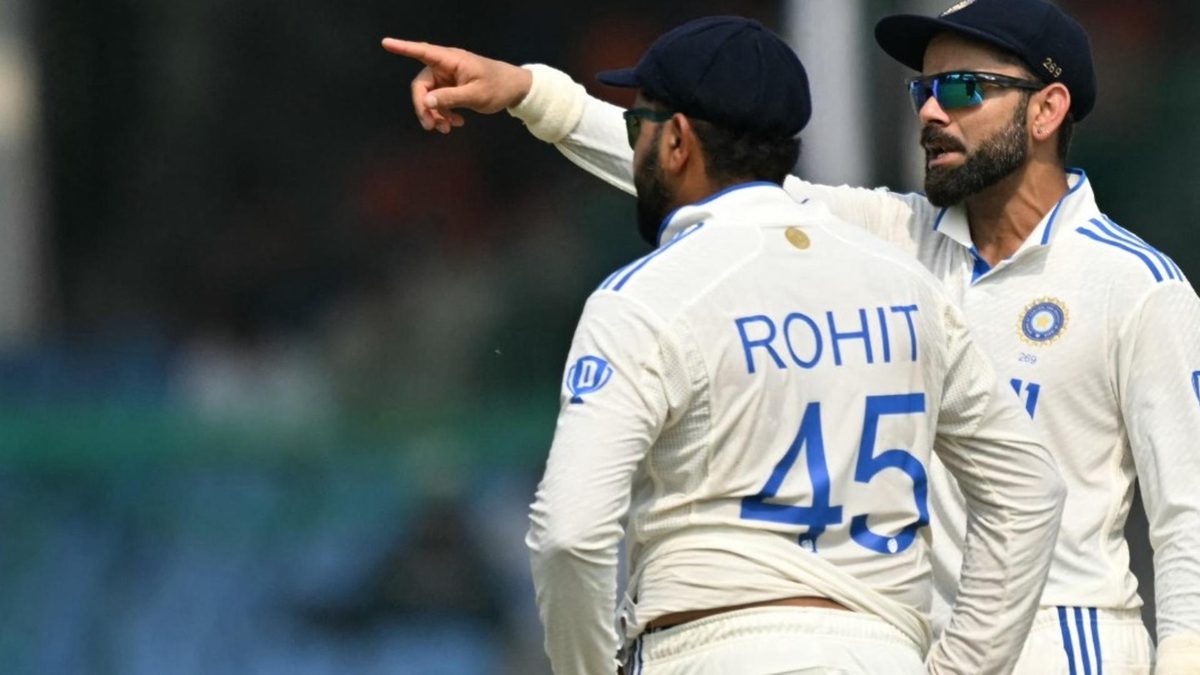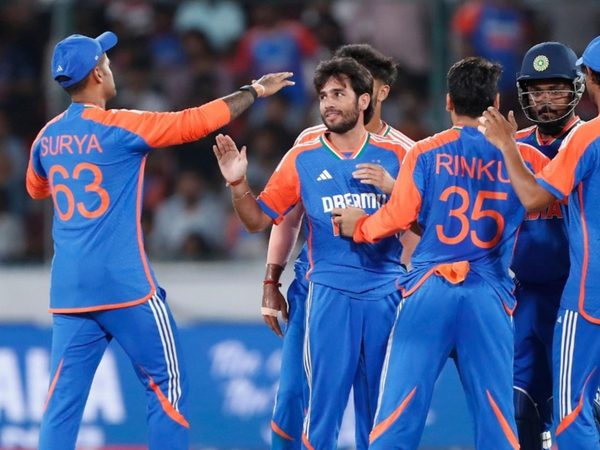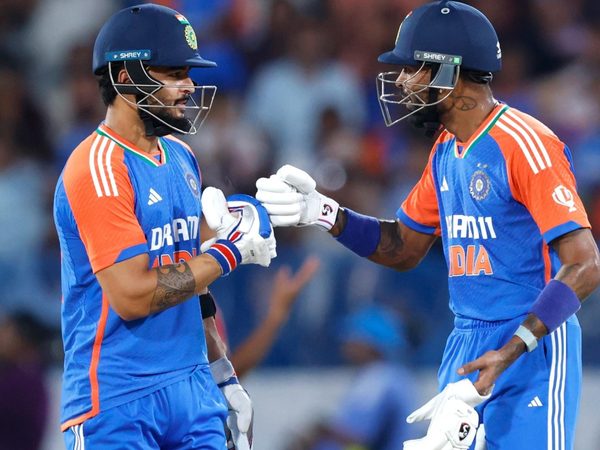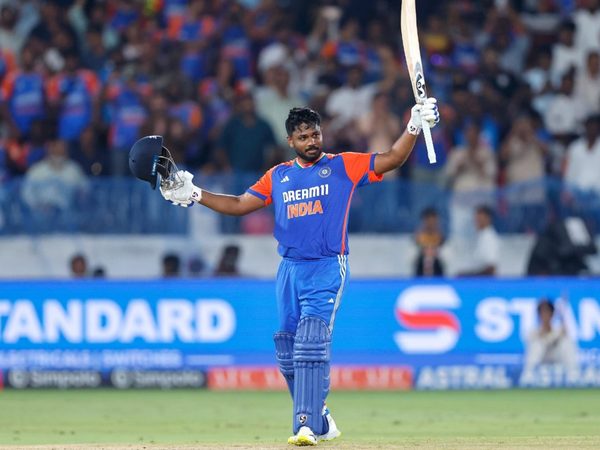
India's win in Kanpur was an edge-of-the-seat thriller, inspired heavily from what transpired in Adelaide ten years ago, writes Sarah Waris.
India’s fearless pursuit of victory in Kanpur was like no other. Up against Bangladesh, Rohit Sharma’s team, looking for crucial World Test Championship points, came back after two-and-a-half frustrating days of washouts with an unshakeable belief to clinch the game that, at one point, seemed as lifeless as an unassuming bite of paan sold across the stadium.
The India bowlers bowled their hearts out, the fielders jumped backwards and frontwards, literally, at every opportunity, the batters pushed the Bazball frenetics into overdrive. As the team notched up a famous win after batting just 312 balls, the fourth-fewest to clinch a Test, skipper Rohit Sharma and coach Gautam Gambhir were credited with transforming the way India approached the format.
While beating the external factors and batting with an unheard-of run rate needs to be praised, for what India did on days four and five in Kanpur were indeed manic, the vision is not alien.
Nearly ten years ago, when there was no desperation to claim WTC points and the risk of tarnishing the start of a long captaincy tenure was immense, Virat Kohli stepped out from the shadows of MS Dhoni to bring about a much-needed revitalisation Test cricket didn’t know it needed. It turned out to be a match that reshaped the ethos of Indian cricket, and arguably, in hindsight, world cricket.
The Adelaide Test in 2014 has gone down in the annals as it left viewers enthralled at the quality of the match being played out. The Indian team had, in the not-too-distant past, shown a tendency to prioritise safety and draw rather than risking a loss while striving for victory and Kohli’s mantra of going for the target of 364 was not a common sight in this part of the world.
But, before that, let’s go further back, to the . India had been set a target of 180 to win in 47 overs and were 94-3, needing 86 in the remaining 15 overs. It was at this stage that captain MS Dhoni decided to abandon the run chase, leaving opposition skipper Daren Sammy surprised as well. India were ahead 1-0 in the series and Dhoni defended his decision to call off the innings by saying, “Not disappointed about stopping the run chase. We were risking a series win going after the target. We realised that it was not worth going for it after those wickets, we gave it a go but we are happy with the series win.”
His comments revealed a side torn between risk and conservatism, a team afraid to fail, preferring the comfortable instead.
Adelaide 2014 was different. The fourth innings remains one of the most thrilling passages of play in recent Indian cricket history. Chasing 364, India lost two quick wickets but Kohli, in his first match as captain, did not give up and led from the front, walking the talk, and playing a selfless innings with plenty at stake. Only four times before had India batted at a higher run rate than the 3.71 needed in Adelaide to win a Test in the fourth innings. The Indian team had, just three years ago, been whitewashed 0-8 in England and Australia, and a draw in an overseas Test match would have been lapped up readily as well. Not to Kohli.
Along with, who was dismissed on 99 while trying to flick the ball away for his ton, Kohli took the score to 242, with India needing 122 more in the remaining 28.9 overs. While the target was 48 runs too stiff in the end, in many ways, the game marked the birth of a new India.
The seeds of India’s modern Test successes were planted in that Adelaide defeat with Kohli’s aggression soon becoming an attitude that permeated the entire team. Every Test and every series under Kohli came with a win-at-all-costs mentality, something that propelled him towards greatness. Overall, he led in 68 Test matches, winning 40, the fourth-most victories as a captain. He also ended with a win/loss ration of 2.35, also the fourth-best among all leaders.
It was also an attitude that laid the foundation for India’s dominance in the years to come. Under him, India won seven Tests in SENA countries, more than double what Dhoni and Mansur Ali Khan Pataudi managed (three each).
Fast forward to Kanpur 2024, and India’s resolve was unmistakable. When Bangladesh were dismissed for 233 in the first innings, just over five sessions remained. Not content with grinding out runs and building a slow lead, India’s batters came out all guns blazing, led by skipper Rohit himself, who smashed the first two balls he faced for two sixes.
By the end of the day, Bangladesh were batting again, well aware that they could only play to survive. Keeping up proved to be too tough a challenge and India conjured up a memorable win by seven wickets to continue their dominance at home.
The manner of the win, the entertainment and the dramatic moments were all too pleasing, and the journey from a bold gamble in Adelaide in 2014 to the emphatic win in Kanpur in 2024 is a story of evolution. In the last decade, players have become braver and found ways to chase victories more than ever, and Rohit’s India took on the opportunity when they had it. As a captain, bettering the team from how you found it should be the only mantra and even as he continues doing that, let’s not forget the shift that made Indian Test cricket romantic again was borne from a loss ten years ago.
Follow Wisden for all cricket updates, including live scores, match stats, quizzes and more. Stay up to date with the latest cricket news, player updates, team standings, match highlights, video analysis and live match odds.








